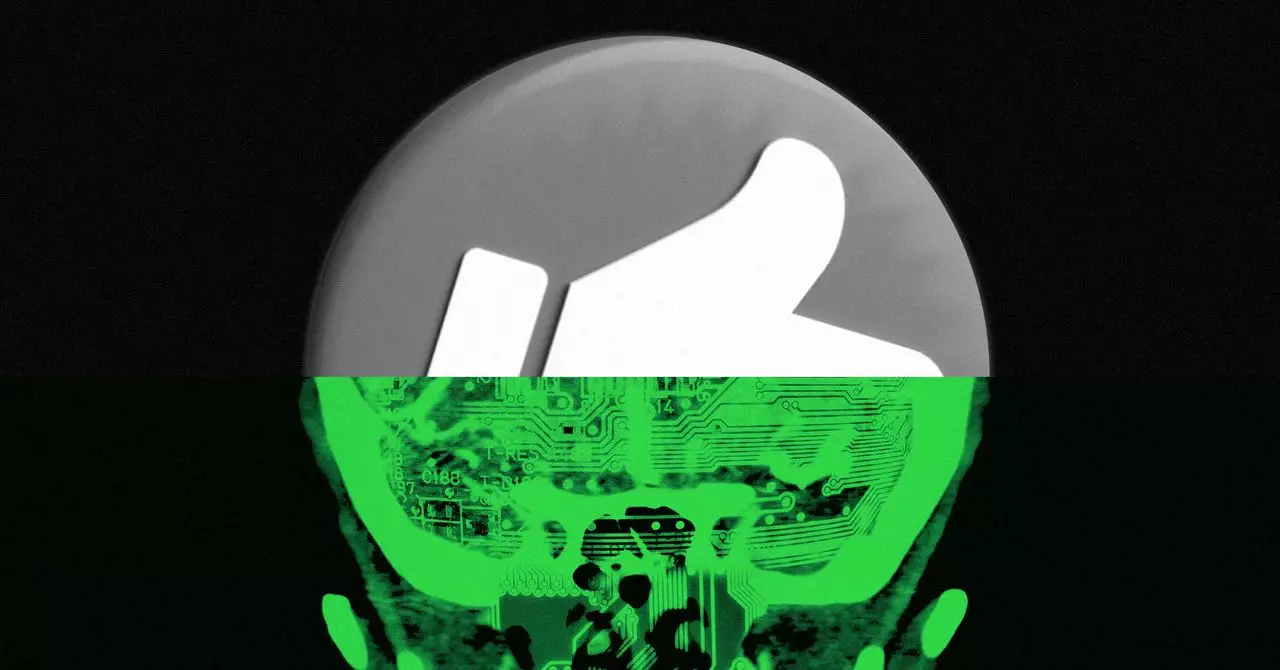As we rapidly accelerate into an era dominated by artificial intelligence (AI), the future of familiar digital interactions, such as the ubiquitous like button, emerges as an intriguing subject of discourse. One voice leading the conversation is Max Levchin, co-founder of PayPal and CEO of Affirm, who proposes that the like function could serve a transformative role in refining how AI systems learn from human preferences. This proposition prompts a deeper examination of how these platforms structure human engagement in an increasingly automated world. A central issue in machine learning is the divergence between AI-generated outcomes and human decision-making. As AI relies on reward functions for performance optimization, it often lacks the nuanced judgment inherent in human choice. Thus, to align AI with human sensibilities, developers must harness reinforcement learning from human feedback (RLHF), which, while instrumental, presents considerable practical and financial challenges.
The looming question surrounding the optimization of machine learning experiences is whether the data generated from the like button represents a viable solution. Levchin passionately argues that the expansive pool of liking data owned by Facebook could be a “godsend” for developers. His assertion that this data may be “one of the singularly most valuable things on the internet” garners attention, underscoring the inherent worth of understanding human preferences. Yet, as we chart potential futures, we must also confront the evolving nature of the like button itself.
AI’s Impact on User Preference and Experience
While Levchin envisions the like button as a key facilitator in training AI, the reality is that AI is simultaneously redefining what these preferences look like. Social media platforms leverage sophisticated algorithms that not only analyze user interaction but actively shape and predict future likes. For instance, innovations at Facebook are focusing on enhancing recommendation systems using AI to suggest Reels videos based on nuanced learning about user behaviors. In this context, rather than simply reflecting preferences, AI-generated predictions may render the like button obsolete by preemptively catering to user desires with pinpoint accuracy.
This perspective transcends a mere pivot in operation; it points towards a fundamental reshaping of user interactions. Steve Chen, co-founder of YouTube, expresses uncertainty about the necessity of the like button in a world where AI could establish preferences unequivocally based on viewing and sharing patterns alone. He emphasizes that while the like button has served as a rudimentary feedback mechanism, its simplicity may falter in the face of more sophisticated AI systems capable of discerning user intent with unprecedented precision.
Societal Implications of Removing the Like Button
However, the conversation can’t end there. As we envision a digital landscape devoid of the like button, we also need to consider the implications for both users and advertisers. Chen brings to light a valid point: the human experience is not static; it fluctuates due to life events and emotional contexts. The like button may continue to fulfill a unique purpose, allowing users to signal transient shifts in their preferences that algorithms alone may not accurately capture. For example, a user might yearn for parenting advice during a particularly demanding week, and a simple tap provides crucial insight for content creators and advertisers on changing interests.
Furthermore, the advertisement ecosystem thrives on the interactions prompted by the like button, serving as a dual communication channel between viewers and content providers. The like button forms a direct, easily understood point of interaction that succinctly conveys user engagement to advertisers. Without it, advertisers might struggle to glean insights directly from users, hindering their ability to create tailored campaigns that resonate with the audience.
Charting the Future of Feedback Mechanisms
In grappling with the future of the like button, we must also remain open to new methods of user feedback that could complement or even replace the current paradigm. For instance, mechanisms that capture real-time emotional responses, such as sentiment analysis or neural engagement metrics, could provide far richer insights into user preferences than a simple “like.” These advanced feedback methods may allow for more nuanced understandings of audience engagement than the binary nature of a like button can offer.
As AI systems become increasingly sophisticated, the relationship between humanity and technology will simultaneously evolve. The question arises: will the tools we’ve grown accustomed to become relics of a bygone era or adapt in ways we cannot yet envision? What remains clear is that the dialogue surrounding the like button reflects a broader conversation about how digital interactions will shape and be shaped by AI, underscoring the need for a thoughtful approach to merging human instincts and technological capabilities. Whether the like button will endure or be supplanted by more advanced mechanisms is still a matter of speculation, but the conversation itself is evidence of a critical evolution in our digital lives.

